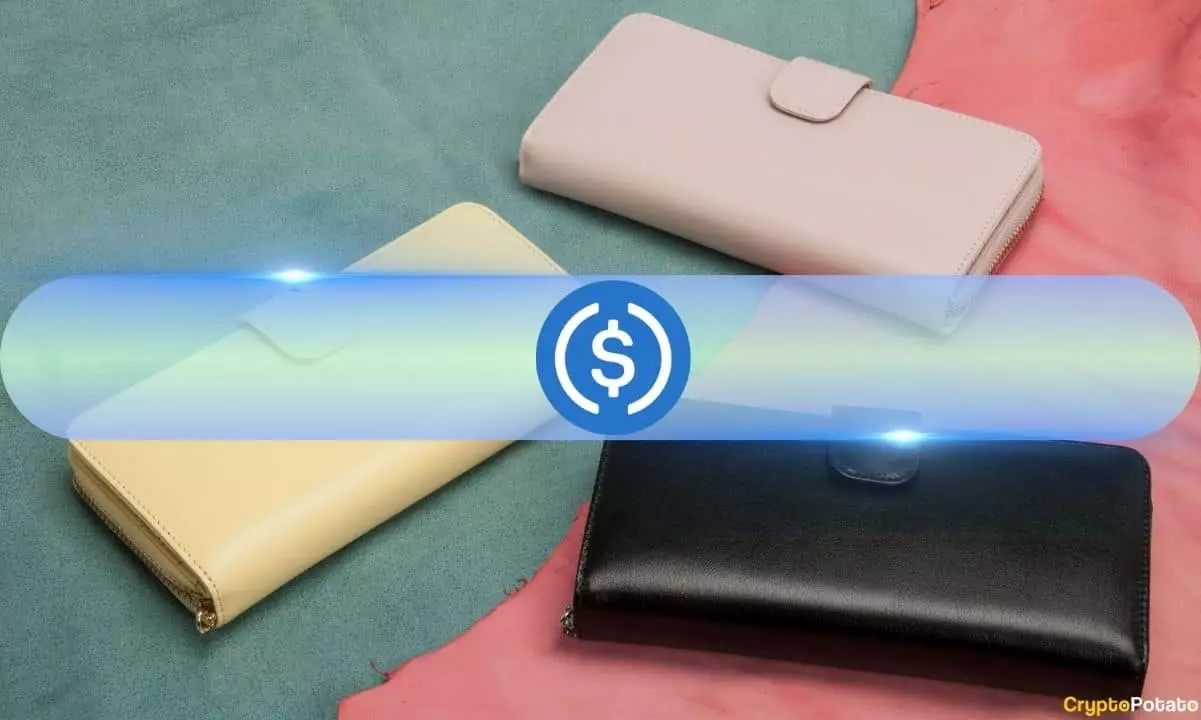The implementation of Europe’s Markets in Crypto-Assets Regulation (MiCA) on June 30 has resulted in a significant shift in the cryptocurrency market. With an increased demand for compliant stablecoins, Circle’s USDC has emerged as a primary beneficiary of this trend. According to French blockchain analytics firm Kaiko, non-compliant stablecoins currently account for 88% of the total stablecoin volume. However, with the enforcement of MiCA, market makers are now favoring compliant stablecoins over non-compliant alternatives.
Over the past year, there has been a noticeable increase in the share of compliant stablecoins, indicating a growing appetite for more transparent and regulated alternatives. USDC, in particular, has experienced significant growth in its trading volume. Kaiko’s latest report revealed that USDC’s weekly trading volume reached $23 billion in 2024, a substantial increase from $9 billion in 2023 and $5 billion in 2022. This surge in volume has propelled USDC’s market share to an all-time high, approaching FDUSD’s 14%.
Regulatory Approval for Circle
Last week, Circle, the fintech firm behind USDC, received an e-money license from France’s Autorite de Controle Prudentiel et de Resolution (ACPR). This approval makes Circle compliant with stablecoin provisions under MiCA, making it the first global stablecoin issuer to achieve regulatory compliance in Europe. As a result, both USDC and Euro Coin (EURC) tokens are now being issued in the EU in full compliance with MiCA.
Centralized exchanges (CEXs) have played a crucial role in boosting USDC volumes over the last year. Binance’s decision to re-list USDC in March 2023 led to a significant increase in the stablecoin’s market share on CEXs, jumping from an average of 60% to over 90% across all exchanges. Additionally, Bybit’s introduction of zero-fee USDC trading in February 2023 contributed to the surge in volumes.
USDC’s Impact on Perpetual Futures Contracts
The growing demand for USDC can largely be attributed to its increasing use in settling perpetual futures contracts. The proportion of Bitcoin perpetual denominated in USDC on Binance and Bybit has grown from 0.3% to 3.6% since January. Similarly, the trade volume of ETH-USDC on Ethereum perpetual contracts has risen from 1% to over 6.8% during the same period.
The rise of compliant stablecoins, particularly USDC, signifies a shift towards more transparent and regulated alternatives in the cryptocurrency market. With regulatory approvals and increased market share, USDC is leading the way in providing a compliant and reliable stablecoin option for traders and investors alike.

